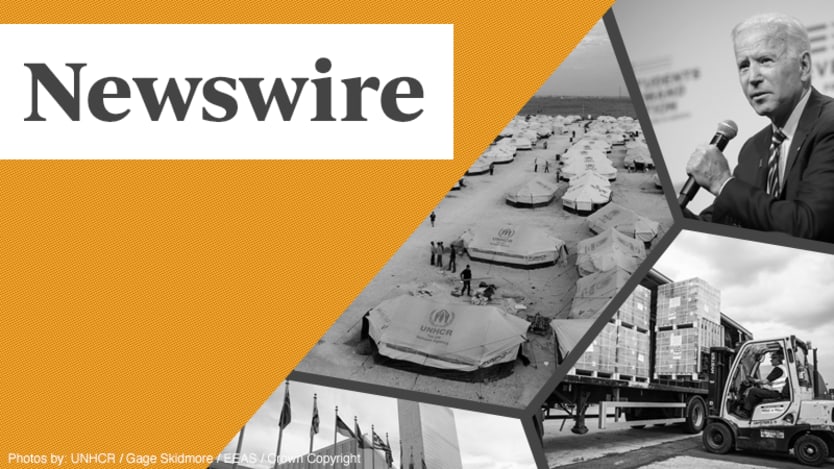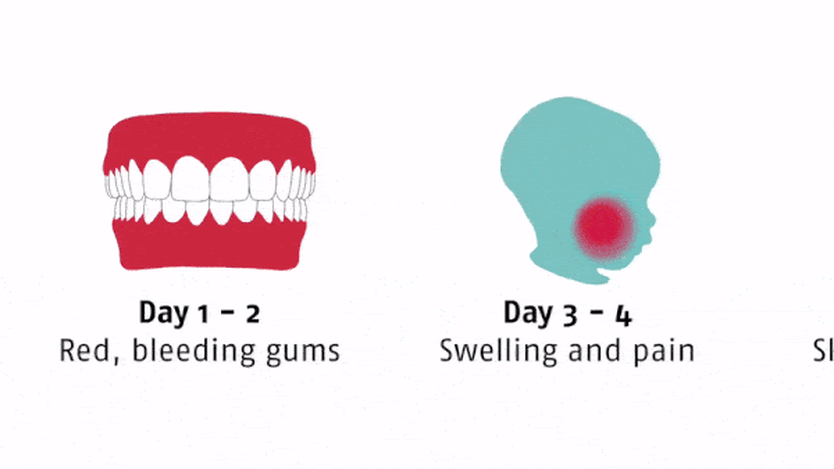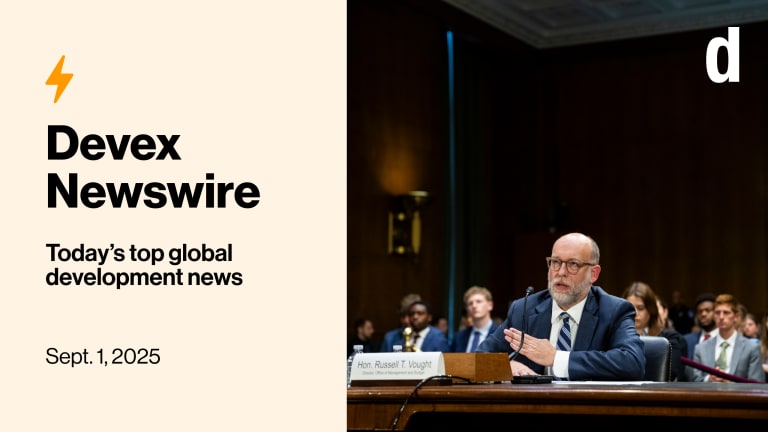
This is a preview of Newswire
Sign up to this newsletter for an inside look at the biggest stories in global development, in your inbox daily.
The U.S. Agency for International Development believes 900,000 people in Ethiopia’s Tigray region are facing famine conditions.
USAID chief Samantha Power cited “new — and terrifying” USAID findings on Friday that put the number of people facing acute food shortages higher than previous reports. Any effort to take stock of the depth of the Tigray crisis is hampered by access challenges. As recently as last week — as Ethiopians went to the polls in a heavily criticized election — Prime Minister Abiy Ahmed claimed, “There is no hunger in Tigray.”
The crisis in Ethiopia’s northernmost state has deteriorated quickly in recent weeks. On Wednesday, reports of a government airstrike on a crowded market drew international condemnation.
On Friday, Médecins Sans Frontières confirmed the murder of three staff members working in the region. They were traveling by car when the organization lost contact with them. The car was found empty, with their bodies a few meters away.
“We condemn this attack on our colleagues in the strongest possible terms and will be relentless in understanding what happened,” the organization said in a statement.
Ethiopia’s precipitous descent into a food-insecure, conflict-affected state in need of significant foreign assistance has forced its partner countries to rethink their engagement and stunned humanitarian leaders.
Prior to stepping down from his post, former head of U.N. emergency relief Mark Lowcock told the Financial Times that he “thought the world had moved on from this kind of problem.”
ICYMI: Our report on Tigray’s fourfold increase in hospital admissions for severely malnourished children.
Beyond neglect

There are neglected tropical diseases — and then there are diseases even more neglected than that. Noma, for example, is a facial gangrene infection that attacks facial tissue and bone and kills about 90% of its victims within a few weeks.
Health care providers who treat the disease are advocating that it be included on the World Health Organization’s list of NTDs during its review in 2023, since this might bring more resources to treating it, Rebecca Root reports.
“If a disease is so neglected that it receives limited funding and consequently little research is conducted, how can evidence be provided to prove that it is neglected?” wrote experts asking for the assessment of progress on noma in 2019.
A visual story: The neglected of the neglected: Tackling noma
+ For more content like this, sign up for Devex CheckUp, the must-read weekly newsletter for exclusive global health news and insider insights.
Reporting for duty
“As we make long-overdue progress on decolonization, localization, equity, and inclusion, is it appropriate that the financial reporting requirements are so dominated by the needs of stakeholders in the global north?,” asks Samantha Musoke, Humentum's project director for the International Financial Reporting for Non-Profit Organisations initiative.
Opinion: Nonprofits need an international standard for financial reporting
Ounce of prevention
Akinwumi Adesina, head of the African Development Bank, is not mincing words about the state of the continent’s health care system. Speaking at AfDB’s annual meetings on Friday, Adesina described Africa’s health care infrastructure as “appalling” and said those who fall sick “need prayers,” Paul Adepoju reports for Devex.
Big picture: The COVID-19 pandemic has been a wake-up call about the unreliability of global solidarity and the need for self-reliant health systems. African leaders say the argument for funding health workforce and infrastructure has been made clearer by the pandemic’s enormous economic toll.
Read: AfDB plans to build resilient health systems
Request for information
The Coalition for Epidemic Preparedness Innovations is surveying organizations around the world to map and identify potential vaccine manufacturing capacity, Jenny Lei Ravelo reports.
Jenny writes: “Helping ramp up vaccine manufacturing in low- and middle-income countries is part of CEPI’s new strategy. But the coalition won’t be building manufacturing plants. Instead, it will assist in developing capacity in countries, including linking governments and funders, and technology transfers.”
Poking a bear
Definitive conclusions about the origins of COVID-19 remain elusive, but Zeynep Tufekci — in an exhaustive account of what we do and do not know — reflects on how public health researchers might change their risk calculus. From the New York Times:
“Scientists and government officials need to weigh the benefits and dangers of how we work with bats and viruses, in the field and the lab, especially since other public health investments may do much more to prevent a pandemic. It might be more effective to institute rigorous surveillance where threatening pathogens are known to thrive, and better prepare our institutions to react quickly and transparently to the first sign of an outbreak.”
In other news
Proposed new charity regulations in Australia have expanded the list of offenses that could result in deregistration of NGOs, a move that may “muzzle” the sector. [The Guardian]
A group of think tanks are launching a proposal Monday for the G-20 to adopt a new debt swap scheme, in which LMICs could access debt relief by committing to climate reforms. [Reuters]
Two prominent women’s rights activists have been released from detention in Saudi Arabia after the sentences against them expired, human rights campaigners have confirmed. [Al Jazeera]
Sign up to Newswire for an inside look at the biggest stories in global development.








